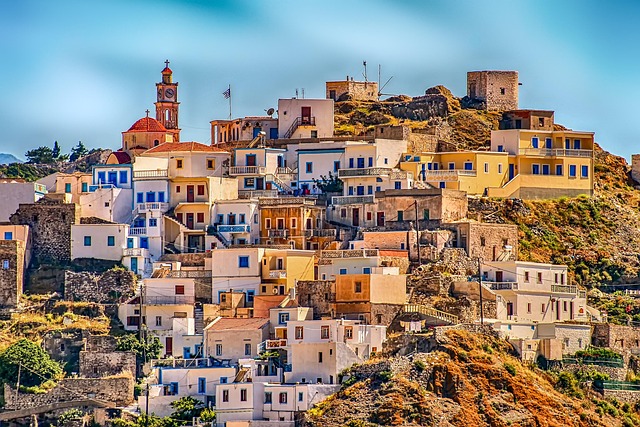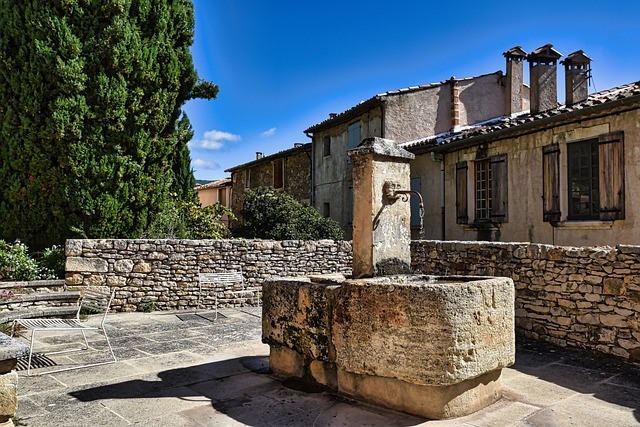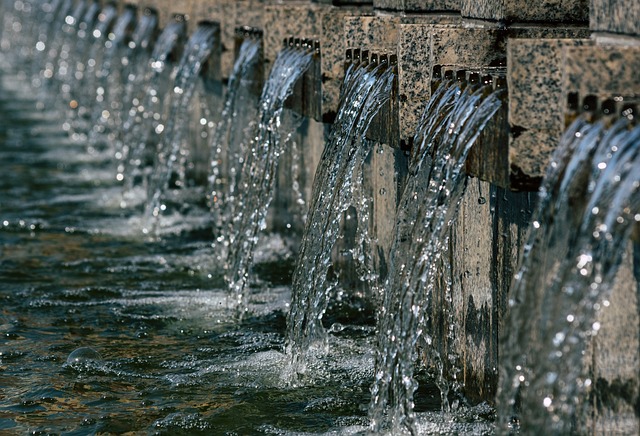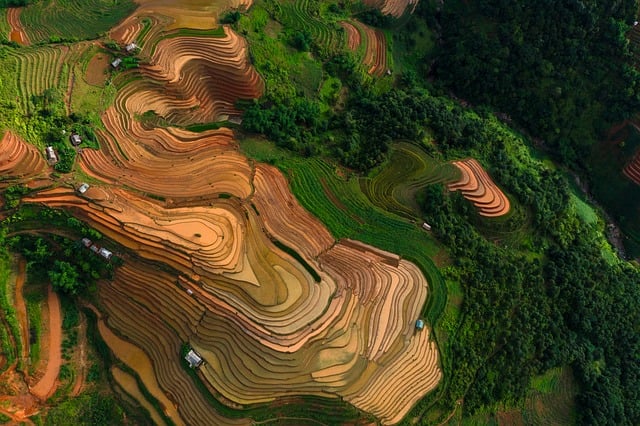The real estate industry plays a pivotal role in transforming deserts into popular recreational destinations, catering to post-pandemic travel trends. By strategically developing eco-friendly accommodations, resorts, and visitor facilities, "Designing for Nature" approaches enhance the visitor experience while minimizing environmental impact. These sustainable practices, focused on both urban development and natural preservation, have the potential to revolutionize urban-desert interactions, fostering a deeper connection between residents and nature's beauty.
Discover the transforming power of real estate in shaping outdoor desert recreation. From unlocking hidden potential to catering to a burgeoning trend for desert escapes, this article explores how property developments are enhancing access to breathtaking landscapes. We delve into innovative designs fostering sustainable interactions with nature and the benefits they bring to both locals and visitors seeking authentic experiences. Get ready to embark on a journey that reveals the intricate connection between real estate and the allure of the desert.
Unlocking the Potential: How Real Estate Shapes Outdoor Desert Experiences

The potential for outdoor desert recreation is vast, and it’s heavily influenced by real estate development. Strategic placement of resorts, campgrounds, and scenic lookouts can transform a desolate landscape into a thriving hub of activity. Well-planned real estate projects can enhance accessibility, providing visitors with easy entry points to explore the desert’s wonders. For instance, building roads and trails that weave through diverse terrain allows folks to experience the raw beauty of the desert up close.
Real estate also plays a crucial role in creating memorable experiences. By developing eco-friendly accommodations that blend seamlessly into the natural setting, visitors can enjoy comfortable stays without compromising the desert’s integrity. Additionally, integrating interpretive centers and visitor amenities encourages education and appreciation for the unique ecosystem. This thoughtful approach ensures that outdoor desert recreation becomes not just a fleeting adventure but a meaningful connection with nature, leaving a lasting impression on those who unlock its potential.
The Rise of Desert Escapes: A Growing Trend in Recreational Travel
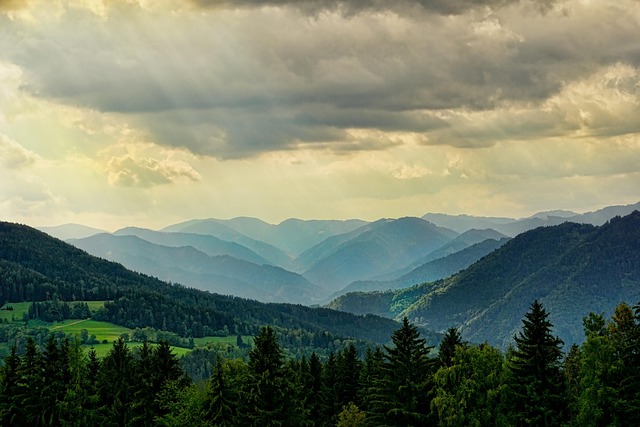
In recent years, there’s been a notable shift in travel trends, with many seeking desert escapes as their next recreational adventure. This growing fascination isn’t just a fleeting fad; it’s a testament to our desire for unique and immersive experiences. The allure of vast sandscapes, towering cliffs, and starry night skies offers a stark contrast to the fast-paced city life, appealing to both locals and international travelers.
The rise of desert recreation can be attributed to several factors, including the need for fresh air and outdoor activities during the global health crisis, as well as a growing interest in sustainable tourism. Real Estate developments in desert regions have also played a significant role, offering luxurious camping sites, eco-lodges, and off-the-grid retreats that cater to this new wave of desert enthusiasts.
Designing for Nature: Creating Sustainable Access to Desert Recreation Areas
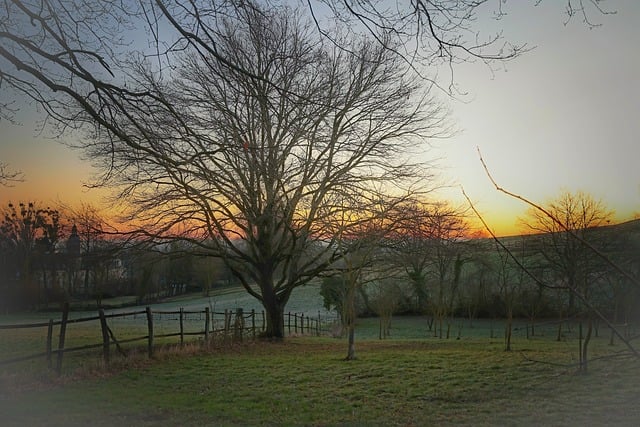
Designing for Nature aims to bridge the gap between urban centers and the vast, untapped potential of desert landscapes in real estate. As cities expand, integrating outdoor recreation areas into the fabric of urban life becomes increasingly vital. This involves creating sustainable access points that minimize ecological footprints while maximizing visitor experiences. By adopting eco-friendly strategies, such as shaded walking paths made from locally sourced materials and water conservation features, developers can ensure these spaces thrive for generations to come.
The key lies in thoughtful planning that respects the desert ecosystem. This includes strategic placement of amenities, controlled urbanization, and restoration projects that revive native flora and fauna. When executed correctly, these design principles not only enhance the beauty of desert landscapes but also foster a deeper connection between residents and nature. Such initiatives have the potential to revolutionize urban-desert interactions, making outdoor recreation areas accessible, vibrant hubs for leisure and environmental appreciation.
